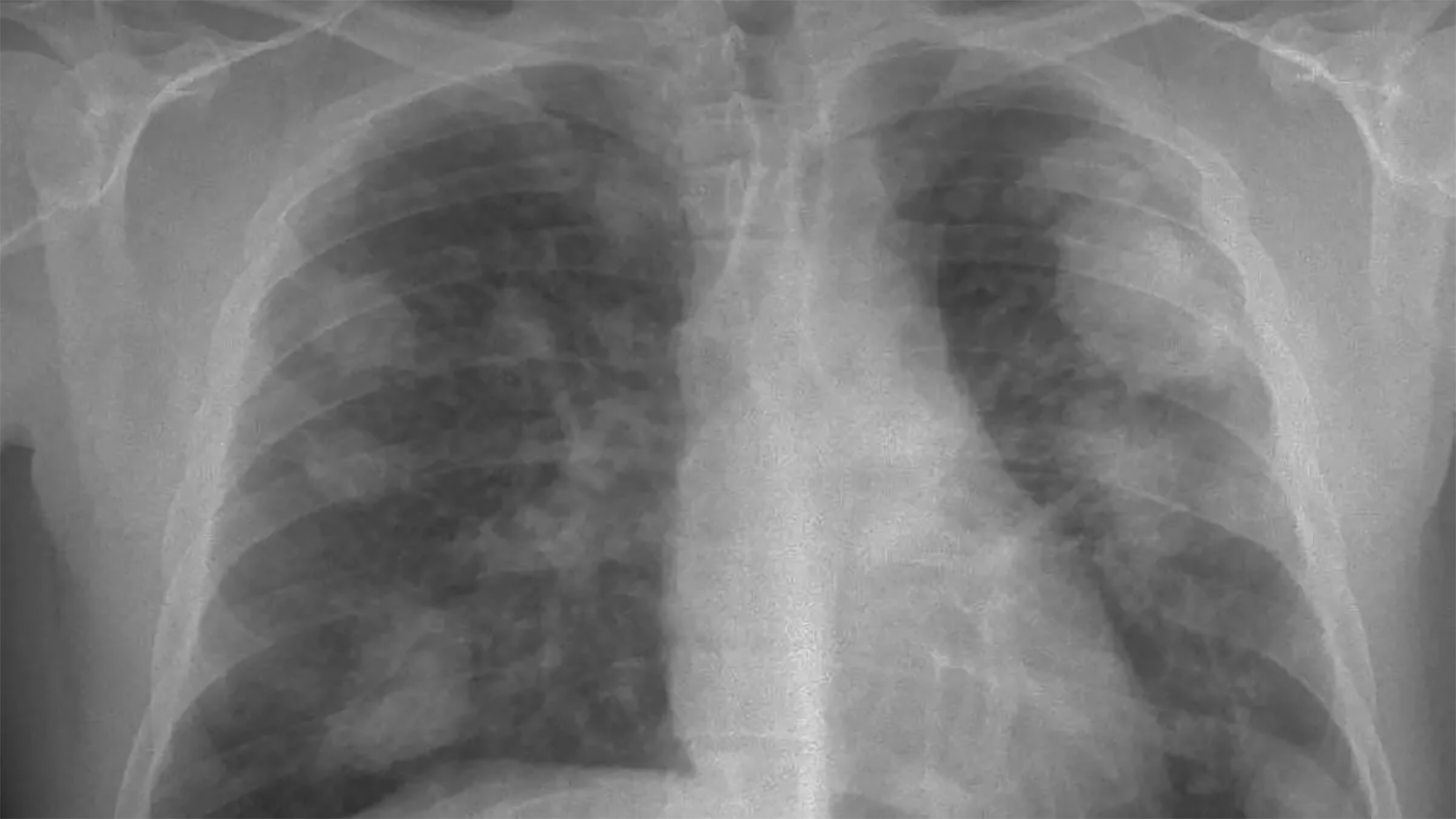Tampons have been shown to contain metals, including lead and arsenic
- For the first time, an investigation has been carried out to determine whether tampons have metals or not, as indicated. There are metals that are toxic, but the laws of the United States, Europe and the United Kingdom have no regulations on this.

The result has been worrying, as significant concentrations of all measured metals have been found: arsenic, barium, calcium, cadmium, cobalt, chromium, copper, iron, manganese, mercury, nickel, lead, selenium, strontium, vanadium and zinc. It has not yet been proven whether these metals are released from tampons and absorbed by the body, but some of them are toxic such as lead, arsenic and cadmium. They have therefore warned that further research is needed and, in the meantime, more emphasis should be placed on regulation, just in case.
The study was published openly in the journal Environment International. According to them, 30 tampons of fourteen different houses (some organic and others not, generic and brand…) were analyzed, out of a total of 60 samples. Although research has been led by several American universities, the study also includes tampons purchased in the European Union and in the United Kingdom, as well as tampons purchased over the Internet. And all of them have found metals. For example, inorganic tampons have more lead than others, but organic tampons have more arsenic. That is, there is no type of tampon without metal or with a significantly lower concentration of metal.
Researchers have recalled that metals increase the risk of mental illness, infertility, diabetes or cancer, among other factors. They also affect the health of the mother and fetal development. That is why, in many products, the concentration of metals is strictly controlled, for example, in food and drink packaging, as well as in clothing. Considering that the vaginal mucosa absorbs metals and other substances more easily than the skin, it could be believed that tampons and other products would also have this type of regulation. However, the investigation has revealed this shortcoming.









.jpg)










